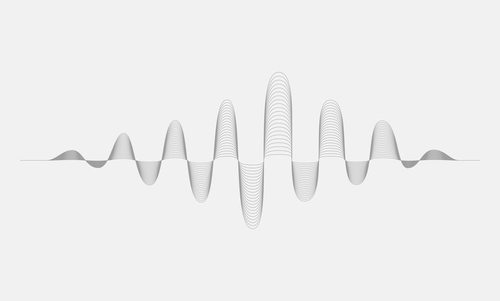
Sedatives and Stimulants
A sedative-type drug includes alcohol, barbiturates, and non-barbiturate drugs known as benzodiazepines. Sedatives depress the central nervous system and induce sleep. A sedative can also provide relief from the symptoms of anxiety and tension. Even with a regular dose, sedatives can cause slurring of speech and a staggered walk.
Sedatives work by slowing brain activity, which can result in relaxation or drowsiness. A sedative drug will affect the neurotransmitter GABA resulting in a relaxing effect that can be beneficial to those who have anxiety or trouble sleeping. Sedatives are typically prescribed for anxiety, acute stress, panic attacks, and short-term treatment of sleep disorders. Sedatives are also used for pre-surgical purposes, to help the person relax prior to receiving anesthesia.
Sedatives are a prescribed medication and should be used only as prescribed. These medications should not be used with other medications unless a doctor is consulted. Sedatives should never be used with alcohol, as both are central nervous system depressants and if taken together can cause decreased respiration and heart rate.
One issue with sedatives is they are highly addictive. Over time and with continued use, people who take sedatives can develop a tolerance to the drug. A sedative works on slowing the brain’s activity; therefore, when a person stops taking the drug too quickly, they can experience rebound effects. These rebound effects are uncomfortable and can cause the brain to race out of control. If a person wishes to stop a sedative-type drug, they should do so only under medical supervision.
Stimulants are also called uppers. These drugs increase mental alertness, physical energy, and produce a euphoric sense of well-being. Stimulants also cause excitation by influencing brain chemicals such as noradrenalin, norepinephrine, and dopamine. They can be natural, refined, or synthetic in nature. Individuals who use stimulants can experience irritation, paranoia, delusional thinking, or visual and auditory hallucinations.
The two most common stimulants abused include cocaine and amphetamines. Cocaine is actually an anesthetic but it is short-lived. This means that the effects of the drug do not last very long and the individual will often need to use again soon after their last use. This drug can either be snorted or injected intravenously. Cocaine can be made into “crack”, which is generally smoked. When a person smokes crack cocaine, they may become paranoid.
Amphetamines come in a variety of commercial and illegal preparations that can either be snorted, injected, or smoked. Methamphetamines are more potent than amphetamines and generally used illegally. There are some designer drugs that are included as stimulants, the most popular being MDMA or Ecstasy. Designer drugs are synthetic derivatives of controlled substances and are usually manufactured in home laboratories.






